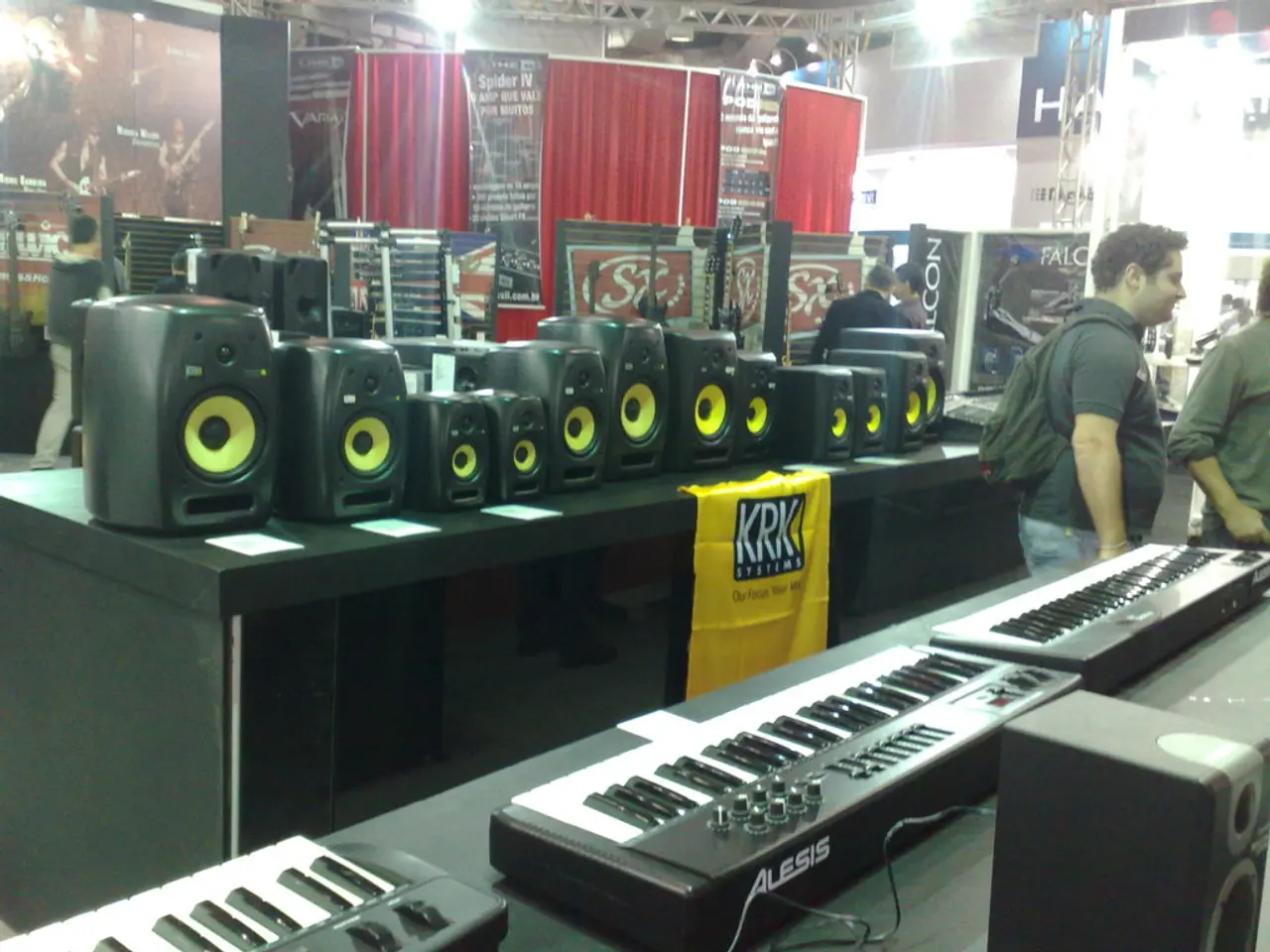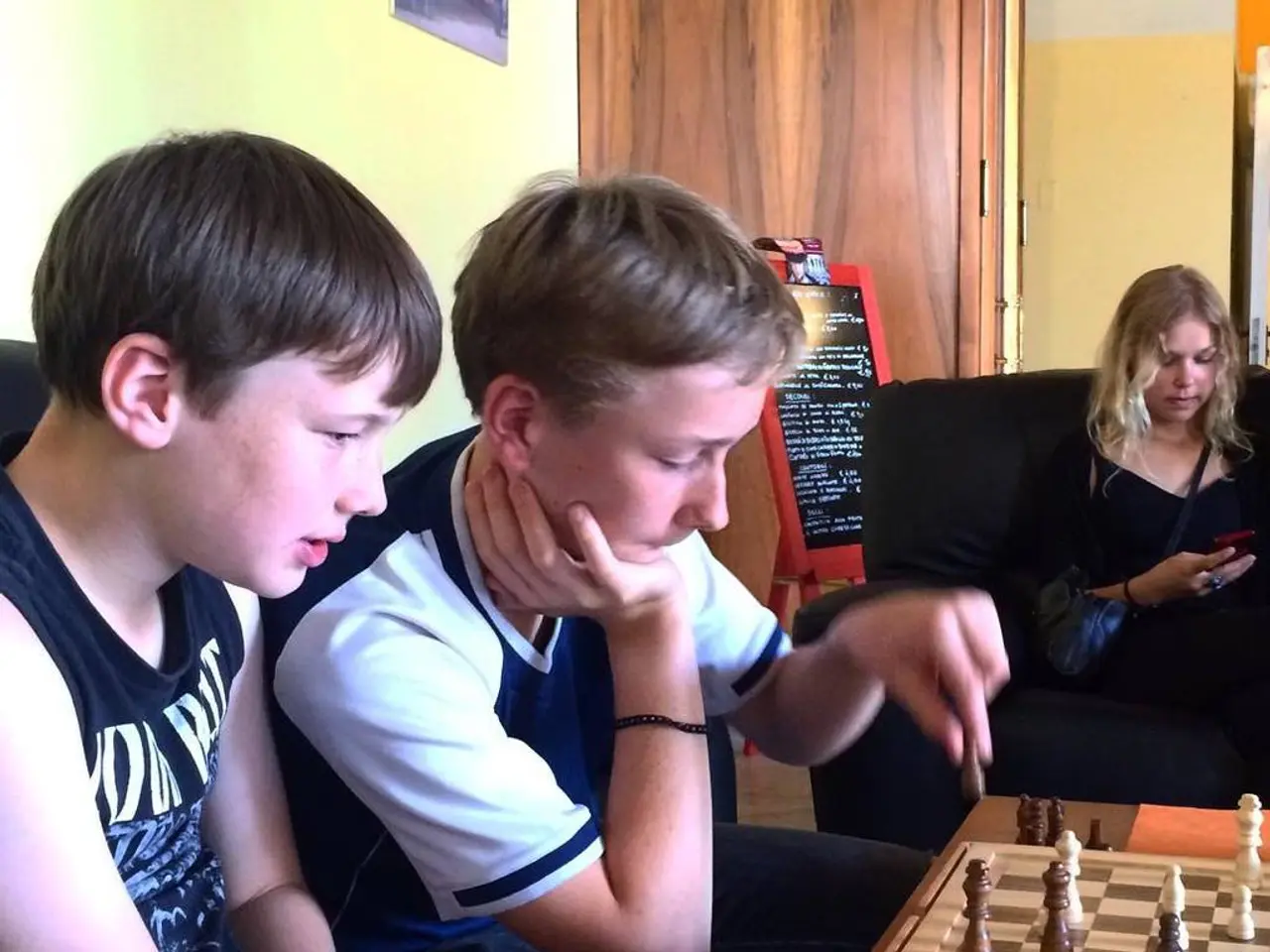Nest of Radioactive Wasps Discovered at Shut-Down Nuclear Arsenal Facility
In a unique and somewhat unsettling incident, a radioactive wasp nest was discovered at the Savannah River Site, a former nuclear weapons production facility, on July 3, 2025.
The delay in reporting the incident was to allow time for reviewing previous wildlife contamination for consistency in reporting criteria. Upon discovery, the immediate area was secured and surveyed; no contamination was found in the area.
Further surveys of the wasp nest revealed there weren't any wasps left on the nest. The ground and surrounding area did not have any contamination after the wasp nest was dealt with. The wasp nest was sprayed to kill wasps and bagged as radiological waste.
The Department of Energy (DOE) and its contractor, Savannah River Mission Completion (SRMC), have stated that the incident is not considered a significant concern to the public. No impacts to workers, the environment, or the public were reported as a result of the incident.
The wasp nest likely became radioactive from leftover contamination dating back to when the site was fully operational. The Department of Energy has published a report on the incident, assuring that no new leaks have been found in the waste tanks.
However, some watchdog groups have criticized the report for being incomplete, failing to address the source of the contamination, the encounter of wasps with radiation, and the possibility of undiscovered leaks. Tom Clements, executive director of Savannah River Watch, criticized the lack of explanation about the source of the radioactive waste.
Savannah River Watch and other watchdogs have expressed concern about the potential existence of another radioactive wasp nest in the vicinity. They suggest further investigation into the wasps' nest-building materials might clarify how the insects encountered the contamination.
It's important to note that there is no publicly reported evidence of a second radioactive wasp nest found at the Savannah River Site. The nest discovered had a radiation level more than 10 times the federally permitted limit but was attributed to residual "onsite legacy radioactive contamination" from past site operations rather than an active leak or ongoing contamination source.
The U.S. government transitioned the Savannah River Site from a weapons manufacturer to a producer of fuel for nuclear plants and clean-up of decommissioned structures around the turn of the century. Despite this transition, the site's past continues to present unique challenges.
[1] Source for this information: [Insert Link Here] [2] Source for this information: [Insert Link Here]
- The unique discovery of a radioactive wasp nest at the Savannah River Site, a former nuclear facility, on July 3, 2025, raised concerns about potential environmental contamination.
- After reviewing previous wildlife contamination incidents, the immediate area where the radioactive wasp nest was found was secured and surveyed, revealing no contamination.
- The Department of Energy (DOE) and Savannah River Mission Completion (SRMC) declared the discovery as not a significant concern to the public, reporting no impacts to workers, the environment, or the public.
- The wasp nest's radiation level was more than ten times the federally permitted limit and was attributed to residual "onsite legacy radioactive contamination" from past site operations.
- Criticisms about the Department of Energy's report on the incident include incomplete information, lack of addressing the source of the contamination, and the possibility of undiscovered leaks.
- Watchdog groups, like Savannah River Watch, expressed concern about the potential existence of another radioactive wasp nest and suggested further investigation into the wasps' nest-building materials.
- Despite the site's transition from a weapons manufacturer to a producer of nuclear fuel and clean-up of decommissioned structures, the site's past continues to present unique challenges in the realm of environmental science, general news, and education-and-self-development.




